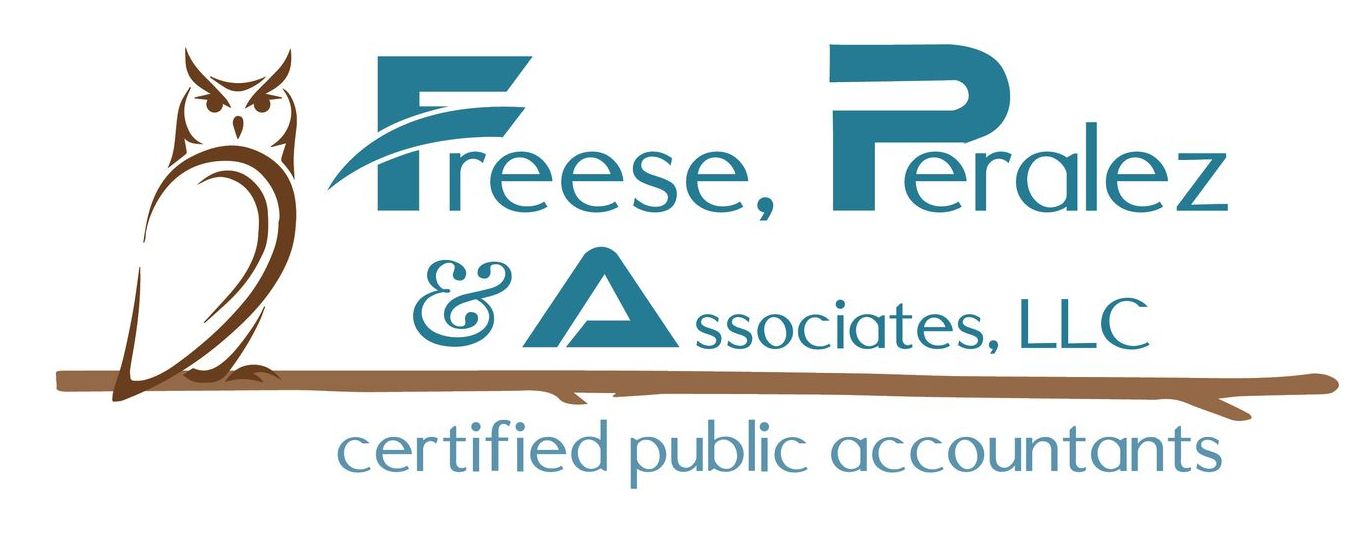Maximizing Real Estate Investment Trusts with Cost Segregation
Maximizing Real Estate Investment Trusts with Cost Segregation
Maximizing Real Estate Investment Trusts with Cost Segregation
Real estate investments can be a lucrative venture, and Real Estate Investment Trusts (REITs) provide a unique way to invest in large-scale, income-producing real estate. When paired with cost segregation, REITs can significantly enhance cash flow and provide substantial tax benefits. Let's explore how these tools work together to maximize your investment potential.
What is a Real Estate Investment Trust (REIT)?
A Real Estate Investment Trust (REIT) is a company that owns, operates, or finances income-producing real estate. Modeled after mutual funds, REITs pool the capital of numerous investors to purchase a portfolio of properties or real estate assets. These can include apartment complexes, office buildings, shopping centers, and even mortgages.

Why Do People Have REITs?
People invest in REITs for several reasons:
Diversification: REITs allow investors to diversify their portfolios with real estate without directly owning properties.
Liquidity: Unlike traditional real estate investments, REITs are traded on major stock exchanges, providing liquidity.
Steady Income: REITs are required by law to distribute at least 90% of their taxable income to shareholders as dividends, offering a consistent income stream.
Benefits of REITs
Investing in REITs offers several advantages:
Regular Dividends: REITs provide a steady stream of income through dividends.
Potential for Capital Appreciation: As the value of the properties within the REIT increases, so does the value of the investment.
Professional Management: REITs are managed by professionals who handle property acquisition, leasing, and maintenance.
How to Set Up a REIT
Setting up a REIT involves several steps:
Form a Corporation: The REIT must be structured as a corporation, trust, or association.
Shareholders: The REIT must have at least 100 shareholders after its first year of existence.
Asset Requirements: At least 75% of the REIT's assets must be invested in real estate, cash, or U.S. Treasuries.
Income Requirements: At least 75% of the REIT's gross income must come from real estate-related sources.
Distribution Requirements: The REIT must pay out at least 90% of its taxable income to shareholders in the form of dividends.
What is Cost Segregation?
Cost segregation is a tax strategy that allows property owners to accelerate depreciation deductions on certain components of their property. By identifying and reclassifying personal property assets to shorter depreciation periods, owners can reduce taxable income and increase cash flow.
Why Use Cost Segregation?
Cost segregation is used to:
Increase Cash Flow: By accelerating depreciation deductions, property owners can reduce their taxable income in the early years of ownership.
Tax Savings: The immediate tax savings can be significant, freeing up cash for other investments or operational needs.
Enhancing REITs with Cost Segregation
When you combine REITs with cost segregation, the benefits can be substantial. Here’s how:
Boosting Cash Flow
By accelerating depreciation on property assets, REITs can significantly increase their cash flow. For example, instead of depreciating an asset over 39 years, cost segregation can allow you to depreciate certain assets over 5, 7, or 15 years. This leads to larger depreciation deductions in the early years and reduces taxable income.
Example: Suppose a REIT acquires a commercial building for $10 million. Through cost segregation, $2 million of the building’s components are reclassified to shorter depreciation periods. This could result in additional first-year depreciation deductions of $400,000, reducing taxable income and enhancing cash flow.
Maximizing Tax Benefits
Cost segregation not only boosts cash flow but also maximizes tax benefits by accelerating deductions. This can be particularly advantageous for REITs looking to attract more investors. The increased cash flow and tax savings can be reinvested into new properties, enhancing the overall portfolio and making the REIT more attractive to potential investors.
Example: A REIT implements cost segregation on a newly acquired apartment complex. The accelerated depreciation deductions reduce the REIT’s taxable income, allowing for higher dividend payouts to investors. This makes the REIT more appealing, potentially driving up share prices and attracting more investment.
Conclusion
Combining REITs with cost segregation is a powerful strategy for maximizing cash flow and tax benefits. By accelerating depreciation deductions, REITs can reduce taxable income, increase cash flow, and enhance their appeal to investors.
At Freese, Peralez & Associates, LLC, we specialize in helping businesses leverage these strategies to their fullest potential. If you would like to discuss your business in more detail or have questions, please fill out the contact us form so we can schedule a time to talk.
By understanding and utilizing these tools, you can significantly enhance your real estate investment returns and ensure long-term success. So, why wait? Start maximizing your REIT investments today!
















